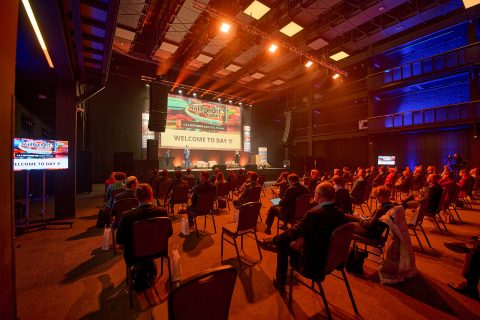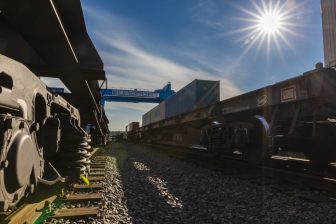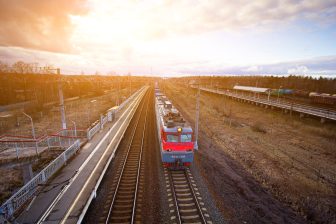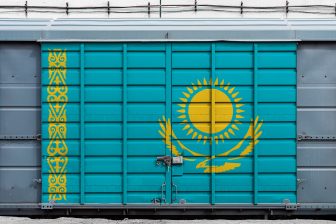
A pandemic lesson learnt: New Silk Road no longer needs subsidies
RailFreight Summit 2021
If there is one thing we learnt during the pandemic, it is that the success of the New Silk Road does not rely on the Chinese subsidies, or any other subsidies for that matter. The subsidies are not important anymore, was a conclusion drawn by high-level experts at the RailFreight Summit Poland, which was concluded last week.
Do you want to read the full article?
Thank you for visiting RailFreight.com. Become a member of RailFreight Premium and get full access to all our premium content.
Are you already a member?
Having problems logging in? Call +31(0)10 280 1000 or send an email to customerdesk@promedia.nl.





